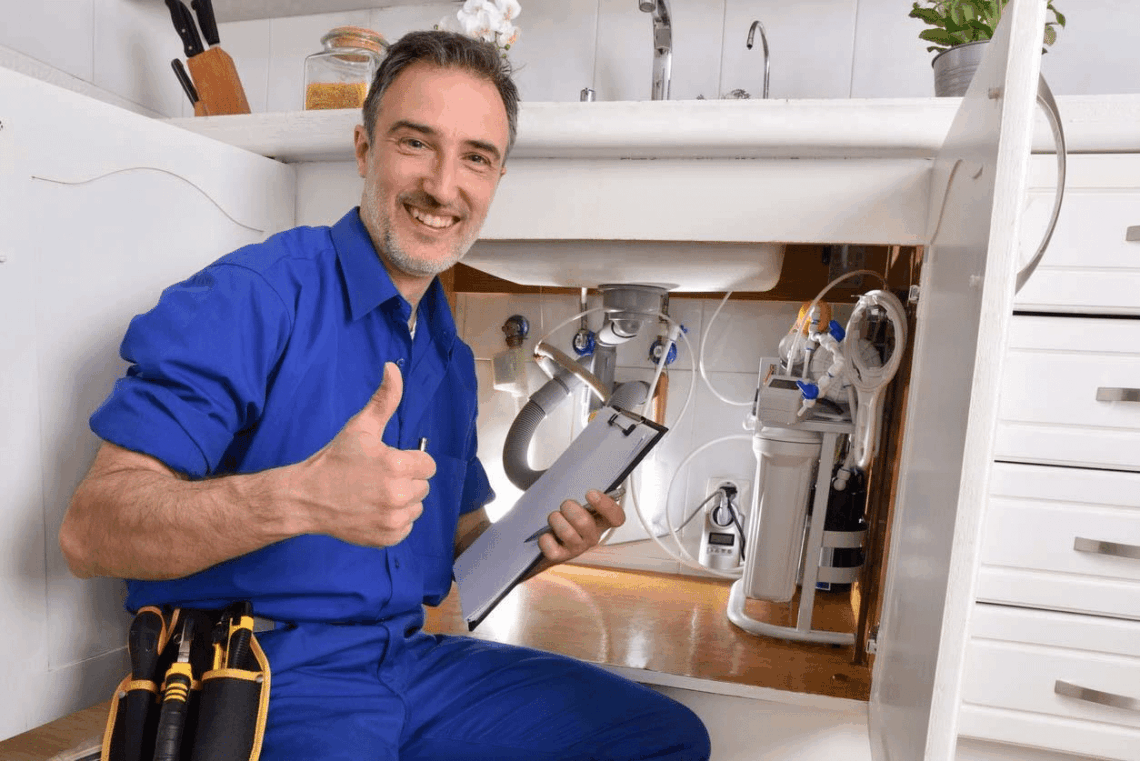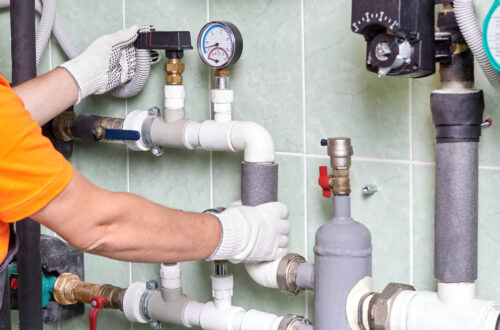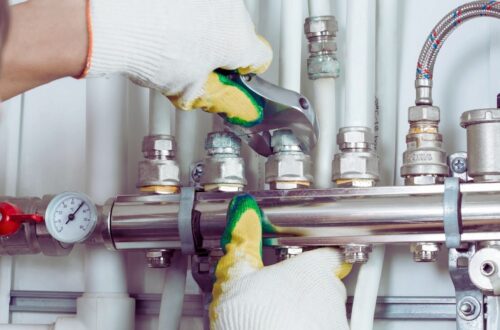When it comes to maintaining a safe and comfortable home, few systems are as essential—and often overlooked—as your plumbing. A small leak or blocked pipe might not seem like a big deal at first, but these seemingly minor issues can quickly turn into costly repairs if left unchecked. That’s why every homeowner should have a reliable plumbing checklist to stay ahead of potential problems before they escalate.
In this post, we’ll walk you through the ultimate home plumbing checklist to help you prevent damage, save money, and maintain peace of mind throughout the year.
Why a Plumbing Checklist Matters
Plumbing systems are the lifeline of any household. They provide fresh water for drinking, bathing, and cleaning, and carry waste away hygienically. However, since pipes and fixtures are often out of sight, they’re easy to forget—until something goes wrong. By following a consistent maintenance routine, you can catch issues early and extend the life of your entire plumbing system.
Monthly Plumbing Maintenance
Start your checklist with monthly tasks. These are simple but important inspections and cleanups that ensure everything is functioning properly.
Check Under Sinks
Open the cabinets under your kitchen and bathroom sinks and inspect for moisture, corrosion, or mildew. Even a small drip can indicate a leak that needs attention.
Inspect Faucet Handles and Spouts
Make sure faucets turn easily and there are no drips. If you notice any water around the base, tighten the connections or replace worn washers.
Clear Slow Drains
If any of your sinks, tubs, or showers are draining slowly, flush them with a natural solution like baking soda and vinegar followed by hot water. Avoid chemical drain cleaners—they can damage your pipes over time.

Look for Signs of Leaks
Stains on ceilings or walls, musty smells, or water puddles could point to hidden plumbing problems. The sooner you investigate, the better.
Seasonal Plumbing Checks
Each season brings its own set of potential plumbing challenges. Here’s what you should inspect during spring, summer, fall, and winter.
Spring
Inspect Outdoor Faucets and Hoses
After the last frost, reconnect hoses and turn on outdoor spigots. Watch for leaks that might have formed over the winter.
Test Sump Pump Functionality
Pour water into the sump pit to make sure your pump activates and drains properly before heavy spring rains arrive.
Summer
Clean Showerheads and Faucets
Mineral buildup can reduce water pressure. Soak removable parts in vinegar or use a toothbrush to clean spray nozzles.
Check for Tree Root Invasion
If your drains are slow or toilets gurgle, tree roots could be clogging your sewer line—a professional inspection might be necessary.
Fall
Drain and Store Outdoor Hoses
Disconnect hoses, drain them, and store indoors to prevent cracking and freezing.
Insulate Pipes in Unheated Areas
Use foam sleeves or heat tape on pipes in basements, garages, and crawl spaces to avoid freezing when temperatures drop.
Winter
Let Faucets Drip During Freezes
A slow drip keeps water moving and reduces pressure buildup that can lead to burst pipes.
Monitor Water Pressure
Sudden drops in pressure could signal a frozen or cracked pipe. Address immediately before further damage occurs.
Annual Plumbing Tasks
Once a year, take time to perform deeper inspections and maintenance that don’t need to be done monthly or seasonally.
Flush Your Water Heater
Sediment buildup in the tank can reduce efficiency and cause damage. Flushing it annually extends its life and saves energy.
Inspect Washing Machine Hoses
Rubber hoses can crack over time. Consider upgrading to stainless steel braided lines for durability and safety.
Test Water Pressure
Ideal home water pressure should range from 40–60 psi. Too high can strain pipes, while too low indicates blockages or valve problems.
Schedule a Professional Plumbing Inspection
Even if everything looks fine, having a licensed plumber conduct a full inspection can catch hidden issues and give you peace of mind.
Bonus Tips for Plumbing Health
Know Where Your Main Shut-Off Valve Is
In case of an emergency like a burst pipe, knowing how to shut off your home’s water quickly can prevent major damage.
Be Careful What Goes Down the Drain
Avoid flushing anything other than toilet paper. In the kitchen, never pour grease, coffee grounds, or fibrous food down the sink.
Install Drain Strainers
These inexpensive tools catch hair, food, and debris before they enter your pipes, reducing the risk of clogs.
Plumbing may not be the most glamorous part of homeownership, but it’s one of the most critical. By following this ultimate home plumbing checklist, you’ll protect your home from unexpected water damage, save on expensive repairs, and ensure that your plumbing system serves you reliably for years to come.
Whether you’re a seasoned homeowner or just moved into your first place, staying proactive with your plumbing will pay off—literally and figuratively. A little time spent today can prevent big headaches tomorrow.





